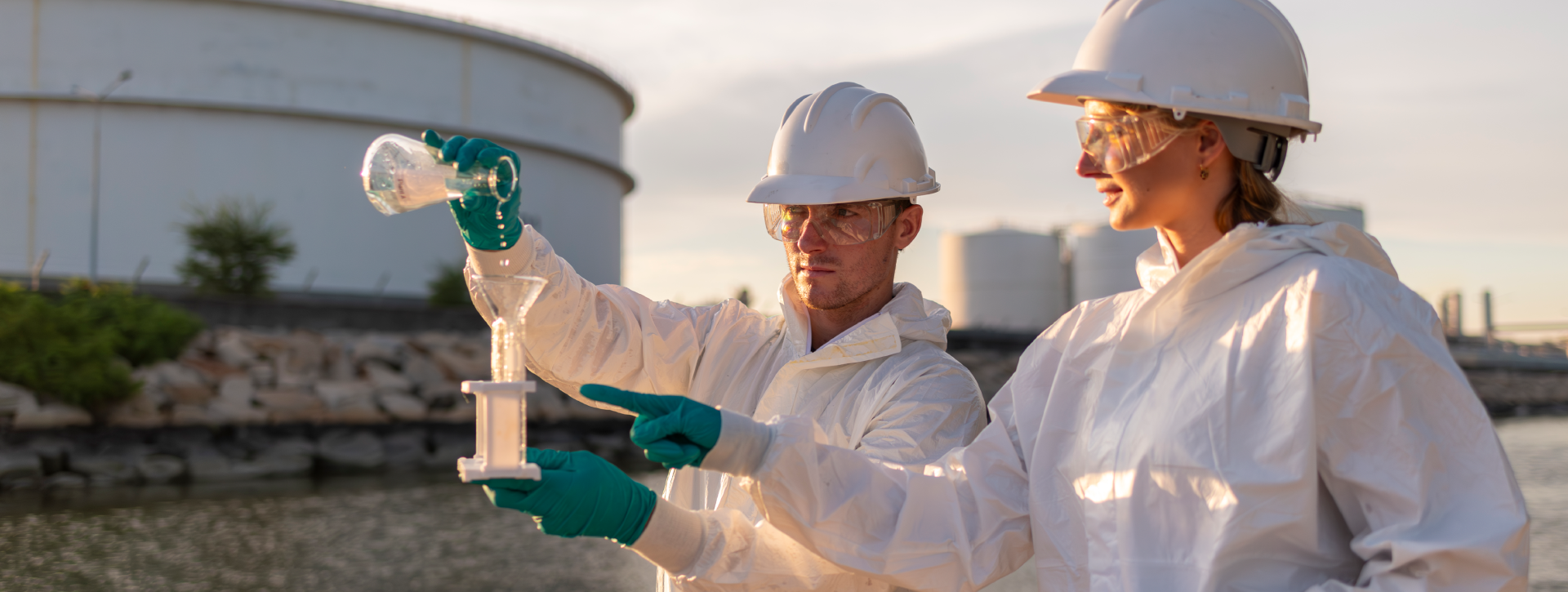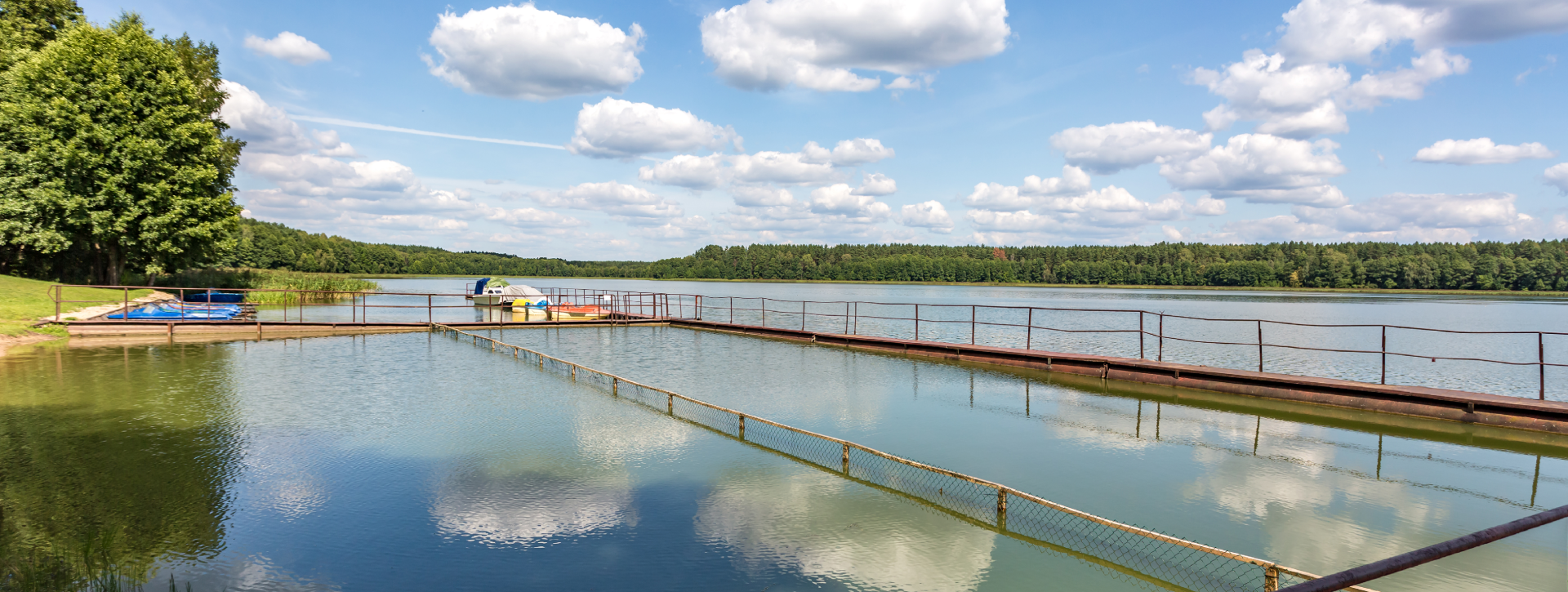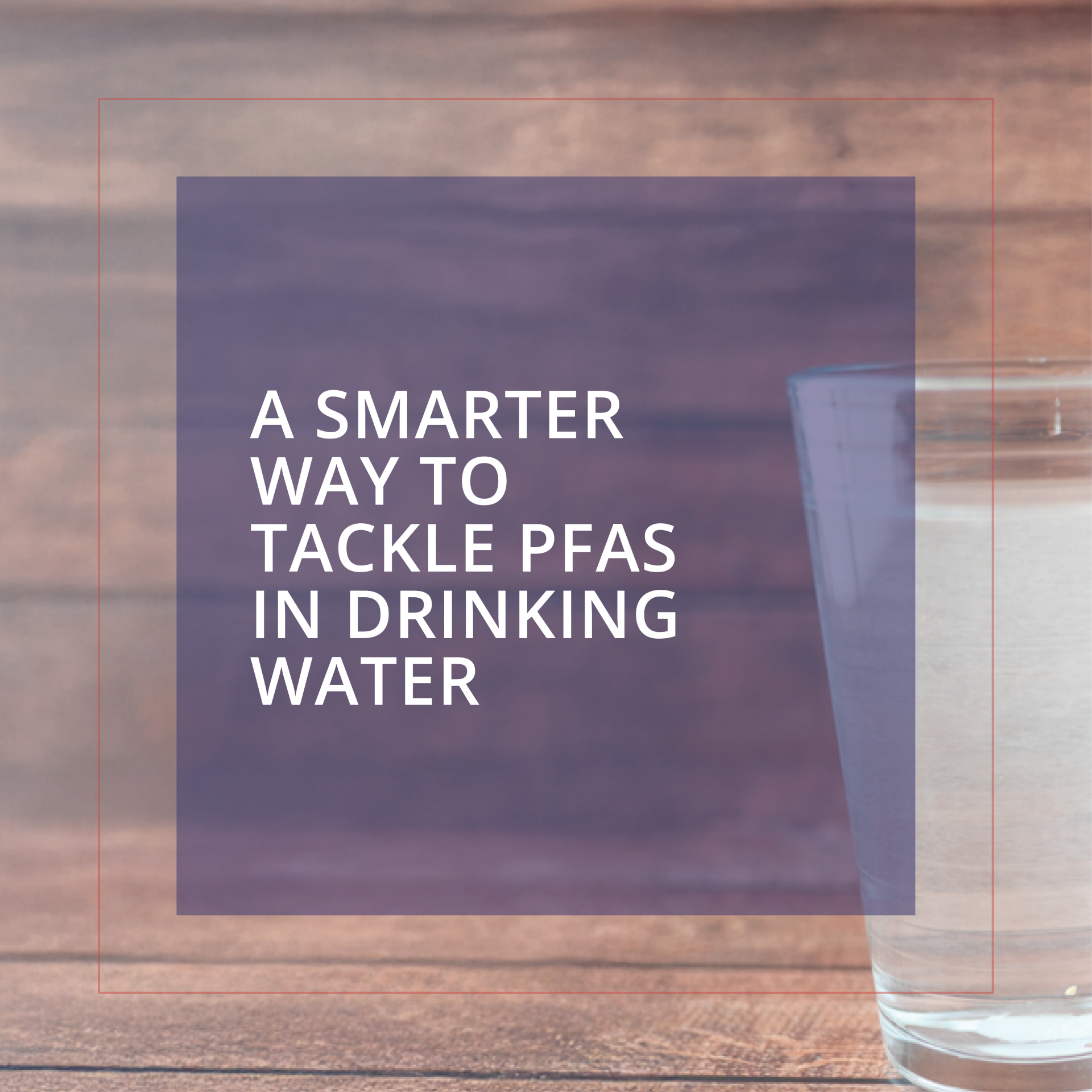From Concept to Patent: A Smarter Way to Tackle PFAS in Drinking Water
August 22nd, 2025

A Closer Look at Loureiro’s In Situ Drinking Water Filtration System for PFAS Removal
With nearly five decades of experience in environmental remediation, Mike Marley has built a reputation on blending cutting-edge science with practical engineering implementation. A civil engineer and founder of XDD (acquired by Loureiro in 2021), Mike has advised on contaminated site cleanups across the U.S. and internationally.
“I’ve always believed in combining the state of the art of the science with good engineering,” he says. “You need real-world solutions that work—and that clients can afford.”
His involvement with PFAS goes back to 2007, well before the issue reached national prominence. Since then, he’s worked on early treatability studies, developed cleanup strategies, and, most recently, helped engineer a patent-pending system that may change how we think about PFAS remediation in drinking water aquifers.
What Are PFAS—and Why Are They So Hard to Treat?
PFAS (Per- and Polyfluoroalkyl Substances) are a class of synthetic chemicals found in everything from nonstick pans to firefighting foam. They’re often called “forever chemicals” because there is little evidence of the saturated PFAS breaking down easily under natural conditions and they can be found in water, soils, and even rainfall around the world.
The EPA has proposed strict new limits on a few PFAS in drinking water, but addressing the problem is anything but straightforward.
The conventional approach is to install an above-ground treatment system (like granular activated carbon or ion exchange resins), pump water out of the aquifer, treat it, and then distribute it. But this approach comes with serious drawbacks:
- Capital costs can exceed $10M–$20M for small to mid-size towns
- Ongoing maintenance can cost $250K–$500K/year
- New regulations and evolving PFAS science create long-term uncertainty for remedy selection
Faced with this challenge, Mike and the team set out to design a solution that would achieve regulatory compliance without placing an overwhelming financial burden on municipalities.

A Smarter Approach: In Situ Filtration
Instead of treating water at the surface, why not treat it underground before it enters the production well?
That’s the core idea behind Loureiro’s in situ PFAS filtration system. The system works by injecting an adsorbent, commonly ultra-fine activated carbon into targeted zones of high PFAS flux in the aquifer, creating a focused permeable subsurface filter wall. This creates a permeable subsurface filter wall that intercepts and captures the high flux of the PFAS preventing their flow toward the production well.
The system is:
- Flexible: can be deployed as a temporary solution (5–10+ years) or a permanent barrier
- Cost-effective: typically, less than 20% of conventional system costs
- Maintenance-free: zero O&M
- Scalable and fast to design and install: 6–12 months, compared to 2–3 years for above-ground systems
Real-World Examples
In Southington, Connecticut, Loureiro worked with town officials to address elevated PFAS levels in several municipal wells. The estimated cost for a conventional solution exceeded $20 million per treatment system. Instead, the team proposed using aquifer profiling tools to identify the narrow segment of the wellfield—what Mike refers to as the “slice of the pie”—responsible for the PFAS exceedances of EPA criteria at the well. By injecting carbon only in that ”slice of the pie”, Loureiro would provide a significantly reduced treatment footprint and cost while meeting the town’s performance goals.
In Massachusetts, another community is evaluating the same system after being forced to shut down one of three public wells due to PFAS. Preliminary data suggests the source may be linked to a state public works facility. Loureiro’s approach not only offers a viable technical solution but may also support a responsible-party strategy for cost recovery.

Patent Pending, Designed to Scale
CEO Brian Cutler recognized the potential benefit to Loureiro and asked Mike to pursue the patent in 2024, and because of his track record and the technology’s potential, the application was submitted through a fast-track process. Loureiro expects to hear back from the U.S. Patent Office by July or August 2025 with the expectation of an iteration or two before having the patent approved.
“This is one of those rare cases,” Mike says, “where the simpler answer is also the smarter and cheaper one.”
Innovation That Moves Us Forward
This system reflects Loureiro’s commitment to integrated, client-focused problem solving. Developed in direct collaboration with municipalities, it exemplifies our ability to adapt quickly, engineer practically, and deliver measurable impact.
As we continue to expand our role in design-build delivery, grow our PFAS and environmental services, and pursue opportunities in the federal and DOD sectors, this patent-pending technology stands as a model for the kind of innovation Loureiro brings to every challenge.




